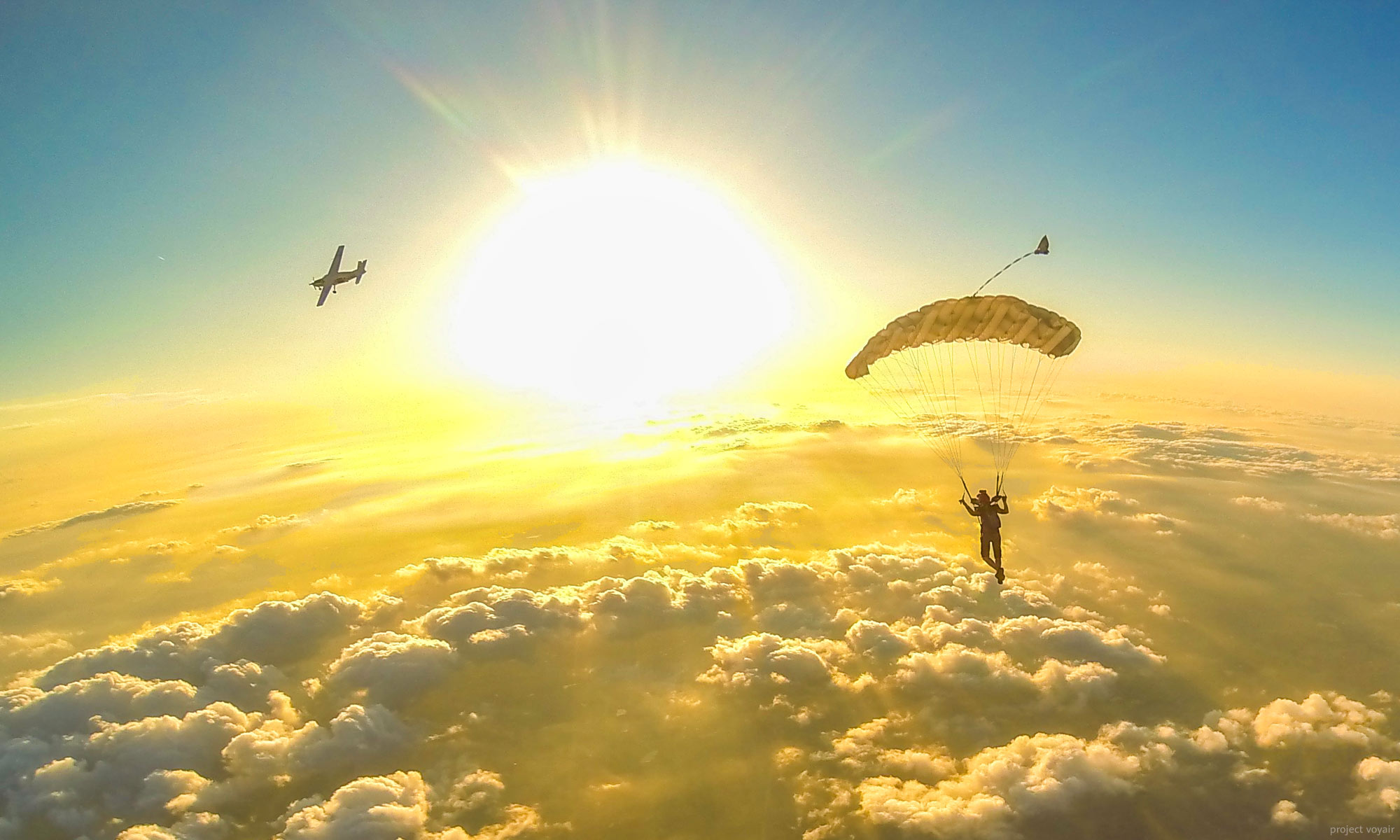Landing/Canopy Safety
Canopy Safety Wind indicators: Landing direction arrow, flags, wind sock. The landing direction arrow is an air-traffic control device that sets the landing direction on the north side of the runway. Know the landing direction before takeoff, and check the landing direction indicator (LDI) north of the runway after you open and check canopy in case …

